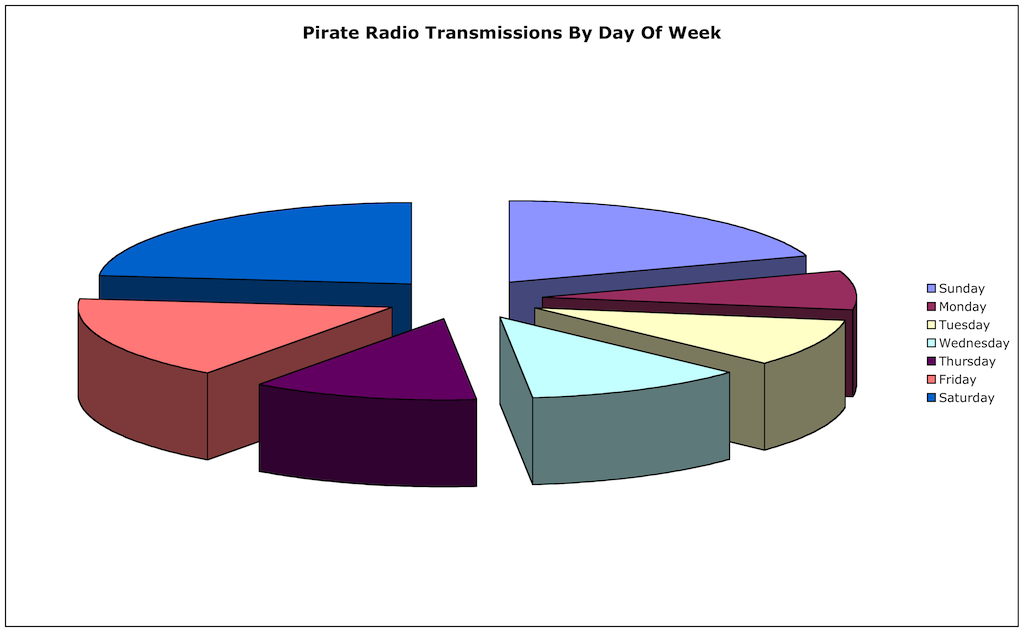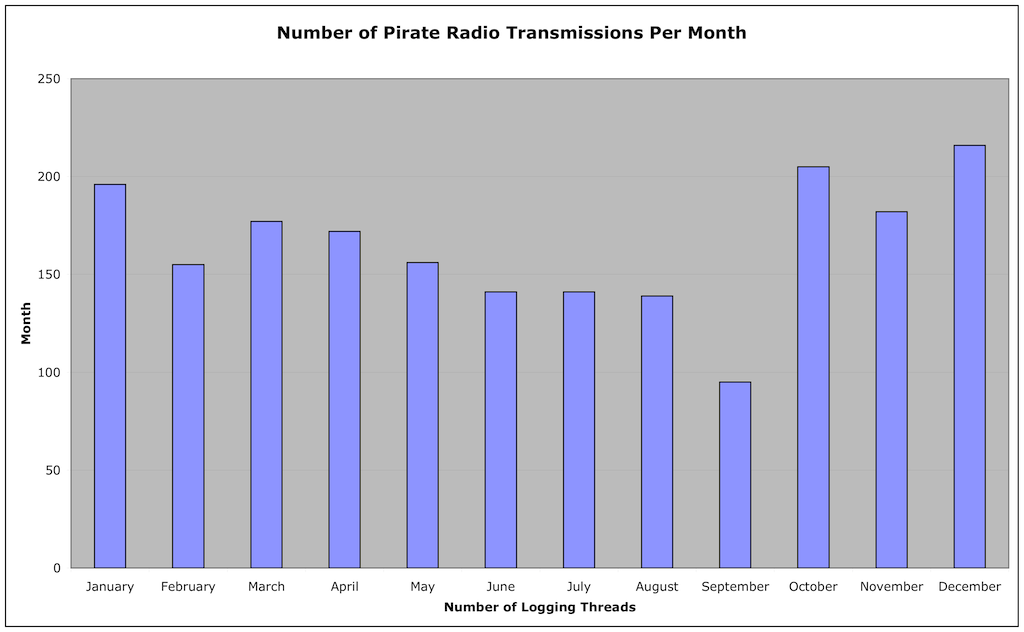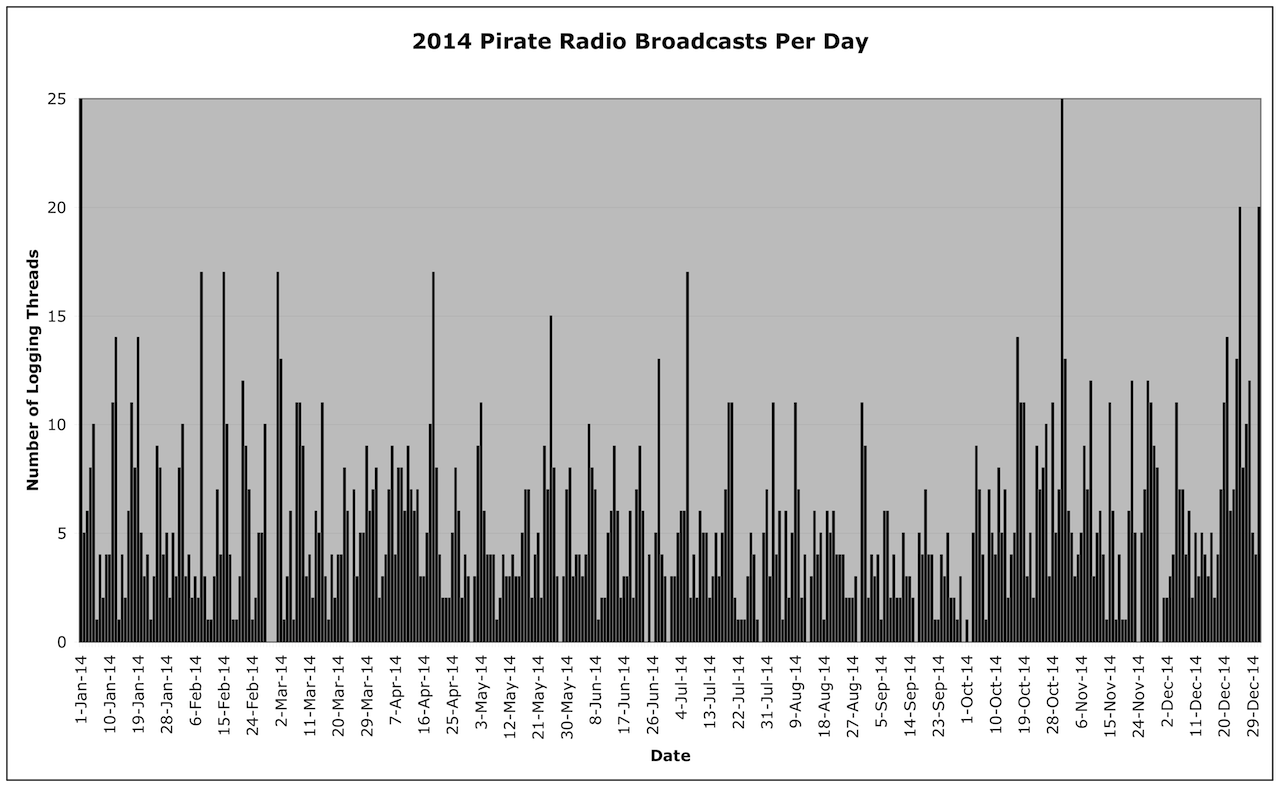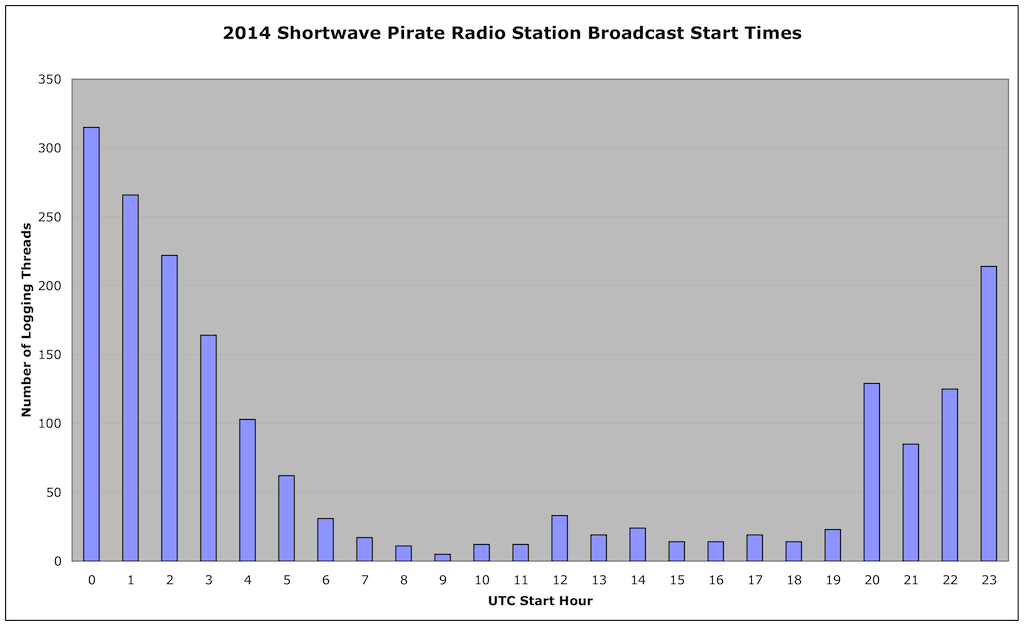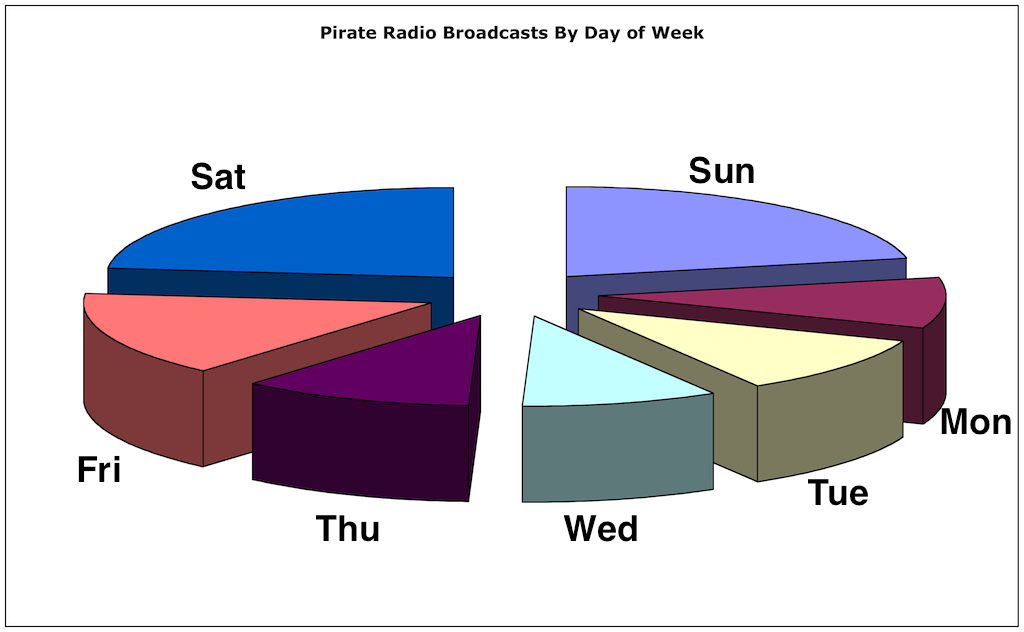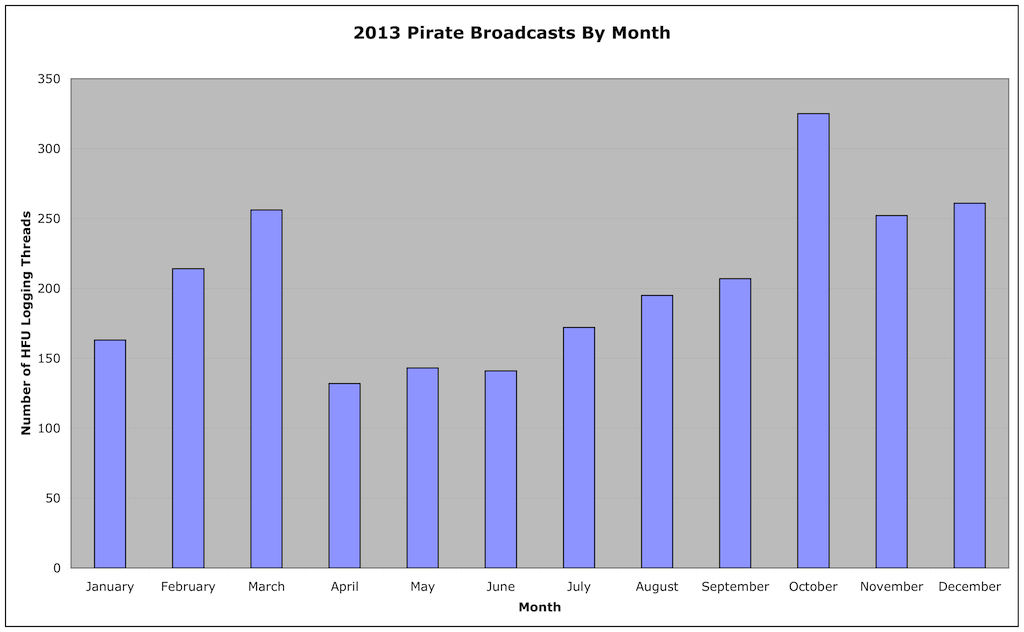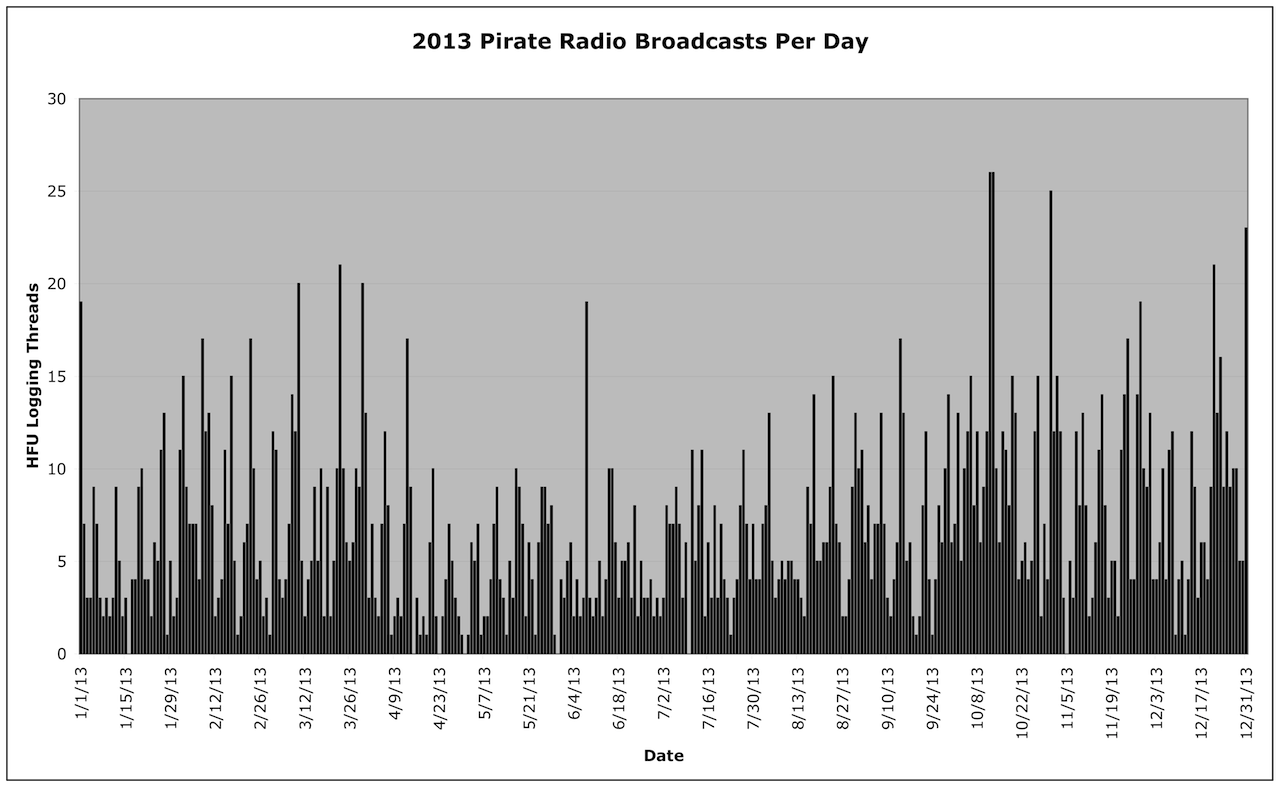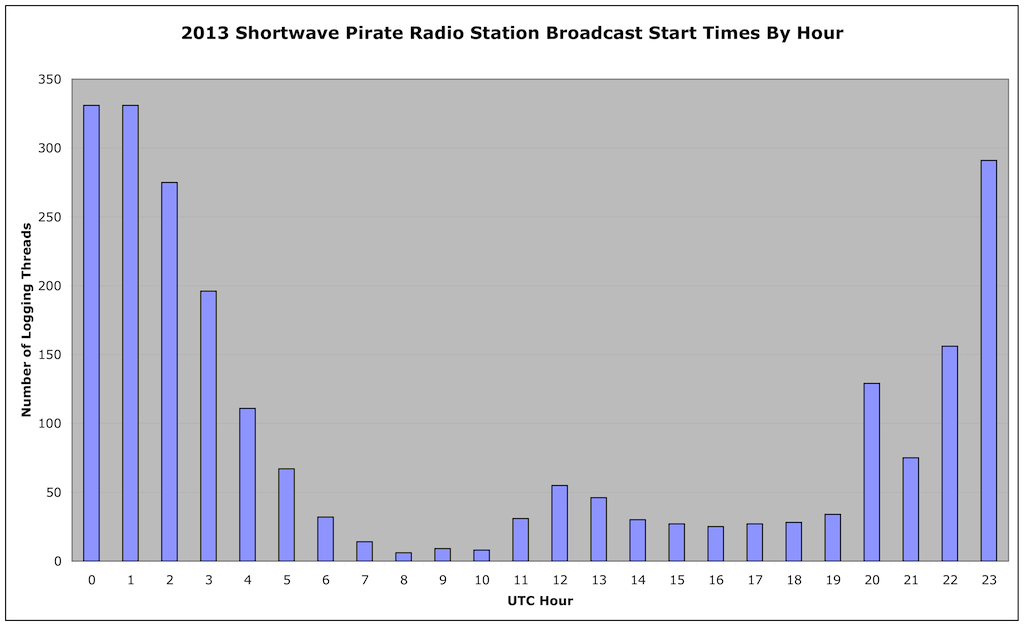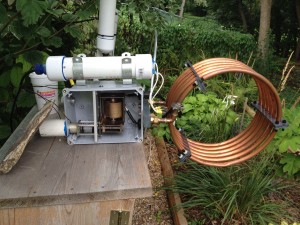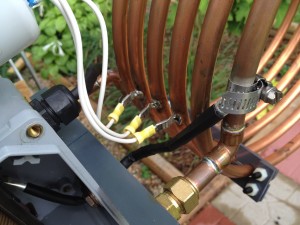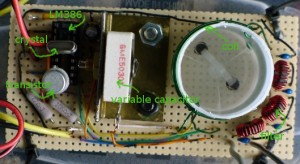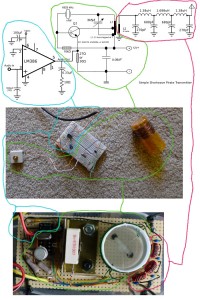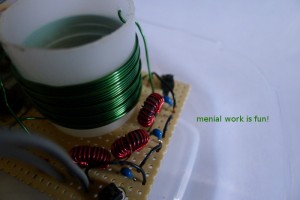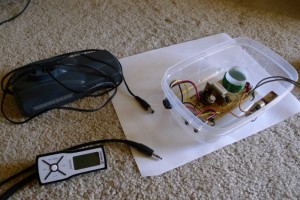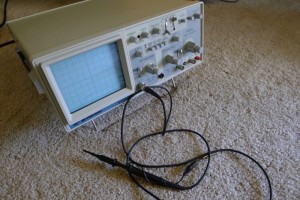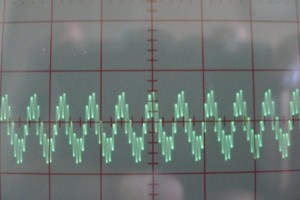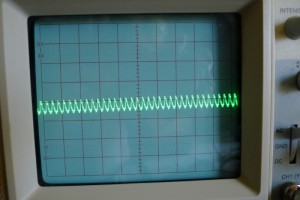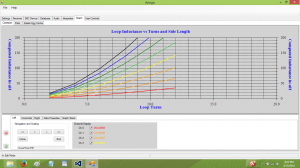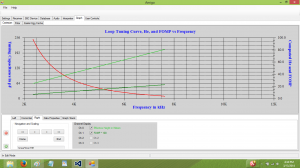To gauge shortwave pirate radio activity in 2014, I analyzed the loggings to the HF Underground (http://www.hfunderground.com) message board. A computer script parsed the message thread titles, as well as the timestamps of the messages. This information was used to produce some statistics about the level of pirate radio activity. Of course, as Mark Twain has written: “There are three kinds of lies: lies, damned lies, and statistics.” Still, let’s see what we can learn.
There were 12,722 messages posted to 1,975 unique threads, that’s an 11% decrease in the number of messages over 2013. Ideally, each thread represents an individual pirate station transmission. Also ideally, each message posted to a thread represents one logging. In reality, there is some error involved.
First, we can look at the transmission mode used:
AM 944
USB 776
LSB 49
CW 32
FM 16
SSTV 46
UNKNOWN 112
AM beat out USB this year, last year they were virtually tied, and if we assume (as likely) that the cases where no mode was reported are one of these, account for virtually all of the transmission.
SSTV was broken out just to show about how many SSTV transmissions there are, these of course are almost all transmitted in USB mode. Also, these are cases where SSTV is in the logging title, which means that the transmission was probably just SSTV, vs a station that also happened to transmit SSTV as part of the program.
Next, we can see how much activity there is for each day of the week:
Sunday 387 (20%)
Monday 155 (8%)
Tuesday 189 (10%)
Wednesday 223 (11%)
Thursday 230 (12%)
Friday 331 (17%)
Saturday 460 (23%)
As one might expect, Saturday and Sunday are the big winners, with Friday in third place. But don’t give up on weekday listening! 40% of transmissions are on a Monday through Thursday.
We can also look at the number of logging threads per month, to gauge activity:
Here’s a graph showing the number of broadcasts per day of the year that were logged:
Halloween was very busy this year!
We might be interested in knowing the best time of the day to try for a station. Here’s a plot of the start times of the logged broadcasts, binned
by UTC hour of the day:
As you might expect, evening Eastern Time is the best, roughly 2300-0300 UTC, with a broader peak of lower activity from roughly 2000-0500 UTC. There is some activity in the morning to afternoon time period, and very little during the wee hours.
The next question is where to tune. As one might expect, 6925 kHz was the clear winner:
3229 kHz: 18
3395 kHz: 4
6150 kHz: 7
6280 kHz: 9
6769 kHz: 5
6770 kHz: 50
6771 kHz: 6
6772 kHz: 9
6849 kHz: 4
6850 kHz: 10
6867 kHz: 5
6873 kHz: 10
6875 kHz: 19
6876 kHz: 16
6880 kHz: 26
6885 kHz: 4
6900 kHz: 7
6910 kHz: 6
6913 kHz: 6
6915 kHz: 6
6919 kHz: 16
6920 kHz: 21
6924 kHz: 102
6925 kHz: 885
6926 kHz: 6
6927 kHz: 5
6928 kHz: 6
6929 kHz: 11
6930 kHz: 117
6931 kHz: 4
6932 kHz: 4
6933 kHz: 4
6935 kHz: 103
6940 kHz: 62
6945 kHz: 31
6948 kHz: 7
6949 kHz: 27
6950 kHz: 103
6951 kHz: 10
6955 kHz: 12
6960 kHz: 10
6965 kHz: 5
6969 kHz: 4
6970 kHz: 5
6974 kHz: 6
6975 kHz: 7
9600 kHz: 9
9605 kHz: 14
9610 kHz: 4
11595 kHz: 11
15655 kHz: 15
15695 kHz: 4
6925, along with 6924 kHz, account for 50% of logged transmissions.
The most popular station logged is of course “UNID”, short for unidentified. In the world of shortwave pirate radio, there’s a number of transmissions where no ID is given. There’s also many cases where no ID could be heard, due to poor conditions. For 2014, there were 651 threads with 2,788 loggings where no station ID was given – that’s almost 33% of the threads.
Here’s the complete list of all stations with two or more logging threads:
UNID (651)
Radio Free Whatever (112)
YHWH (106)
Old Time Radio (87)
XLR8 (70)
Radio Ga Ga (45)
Undercover Radio (37)
WRR (34)
Captain Morgan (33)
Wolverine Radio (30)
The Crystal Ship (29)
Radio True North (27)
Blue Ocean Radio (26)
Liquid Radio (25)
Cool AM (24)
Channel Z (21)
KCPR (21)
Red Mercury Labs (19)
PPVR (18)
WHYP (17)
Pirate Radio Boston (16)
The Bangalore Poacher (16)
Rave On Radio (15)
MAC Shortwave (15)
Orbital Mind Control Satellite (14)
XFM (13)
Happy Hanukkah Radio (13)
Turtlehead Radio (12)
Man Cave Radio (12)
Radio Gallifrey Intergalactic (12)
Renegade Radio (11)
Make Your Liver Quiver Radio (11)
Northwoods Radio (10)
Rattlesnake Radio (10)
Generation Wild 100 (10)
Radio Ronin (9)
Insane Radio (8)
Boombox Radio (8)
WRMR (8)
CYOT (7)
Toynbee Radio (7)
COOLAM (7)
Big Dawg Radio (7)
Twangy Radio (6)
Son of the Lincolnshire Poacher (6)
WPOD (5)
Appalachia Radio (5)
Metro Radio International (5)
WAHR (5)
Vo Mongolia (5)
WMID (5)
Chairman Of The Board Radio (5)
Aggressive Policeman Station (5)
Hit Parade Radio (4)
Radio Dr Tim (4)
Looking At You Radio (4)
Peskie Party Radio (4)
L0DE Radio Hour (4)
The yodeler (4)
Free Thinker Radio (4)
Radio Jingle Bells (4)
KMUD (3)
WBNY (3)
Random Radio (3)
BZN (3)
PBS Underground (3)
Radio Paisano (3)
WJFK (3)
Radio Halloween (3)
KIKI Radio (3)
Radio Plate Current (3)
Drifting Crystal Radio (3)
Artem Radio (3)
Don’t Panic / Sirens / Ebola (3)
KIPM (2)
Chamber Pot Radio (2)
Northern Relay Service (2)
Radio Bleh Bleh (2)
Hot Legs Radio (2)
Hard Tack Radio (2)
Radio Casablanca (2)
Mushroom Radio (2)
Germany Calling (2)
Radio Azteca (2)
XEROX (2)
Pseudo Radio (2)
Hot Radio (2)
WHJR (2)
Mysterious Mystic Radio (2)
Left Lane Radio (2)
Radio Marlene (2)
Voice of Honor (2)
Pumpkin Patch Radio (2)
Satan Radio (2)
Turkey Breast Radio (2)
Drunken DJ Radio (2)
Radio Jihad (2)
Indira Calling (2)
WPDR (2)
Blues Traveler (2)
WMFQ (2)
Radio Music Bed (2)
Radio Underground (2)
The Great Pumpkin (2)
Lord Hee Haw (2)
London Calling (2)
Radio Free ADD (2)
Another thing we can look at are the number of posts in a logging thread for each station. Note that there is the likelihood of some duplicate posts by the same user for each thread, so these figures may be slightly inflated:
Radio Free Whatever (935)
XLR8 (558)
Wolverine Radio (529)
YHWH (511)
Captain Morgan (398)
Undercover Radio (372)
Radio Ga Ga (322)
The Crystal Ship (320)
WRR (312)
Old Time Radio (301)
XFM (220)
MAC Shortwave (177)
Channel Z (174)
Liquid Radio (173)
Blue Ocean Radio (159)
Radio True North (157)
Cool AM (147)
WHYP (146)
Pirate Radio Boston (133)
Radio Ronin (129)
Renegade Radio (129)
Generation Wild 100 (128)
KCPR (121)
Orbital Mind Control Satellite (121)
Northwoods Radio (116)
Rave On Radio (108)
Red Mercury Labs (104)
The Bangalore Poacher (94)
Man Cave Radio (85)
PPVR (74)
Radio Gallifrey Intergalactic (73)
Insane Radio (72)
CYOT (70)
Drunken DJ Radio (70)
WMID (68)
Happy Hanukkah Radio (67)
Twangy Radio (66)
Turtlehead Radio (62)
Big Dawg Radio (57)
Radio Jingle Bells (56)
Boombox Radio (52)
Make Your Liver Quiver Radio (52)
Vo Mongolia (49)
Chairman Of The Board Radio (49)
Peskie Party Radio (49)
Metro Radio International (46)
COOLAM (43)
Radio Marlene (41)
Radio Dr Tim (38)
WPOD (37)
Hit Parade Radio (33)
Son of the Lincolnshire Poacher (33)
Free Thinker Radio (32)
Toynbee Radio (31)
Rattlesnake Radio (30)
Indira Calling (29)
WRMR (28)
L0DE Radio Hour (28)
BZN (25)
PBS Underground (25)
Radio Paisano (25)
Pumpkin Patch Radio (25)
Radio Casablanca (24)
WAHR (22)
Drifting Crystal Radio (22)
Radio Music Bed (22)
Artem Radio (22)
Northern Relay Service (20)
Radio Bleh Bleh (20)
Radio Plate Current (20)
Don’t Panic / Sirens / Ebola (20)
XEROX (19)
KMUD (18)
Random Radio (18)
WJFK (18)
WHJR (17)
Radio Underground (17)
Appalachia Radio (16)
The Great Pumpkin (16)
Radio Free ADD (16)
Pseudo Radio (15)
Turkey Breast Radio (14)
Aggressive Policeman Station (14)
Hard Tack Radio (13)
Radio Halloween (13)
The yodeler (13)
London Calling (13)
Mysterious Mystic Radio (12)
Germany Calling (11)
Left Lane Radio (11)
Satan Radio (11)
Radio Jihad (11)
Looking At You Radio (10)
KIKI Radio (9)
Mushroom Radio (8)
Lord Hee Haw (8)
Hot Legs Radio (7)
Hot Radio (7)
WBNY (6)
Radio Azteca (6)
WPDR (6)
Blues Traveler (5)
WMFQ (5)
Chamber Pot Radio (4)
KIPM (3)
Voice of Honor (3)
Next we can calculate the ratio of logging messages per thread, to gauge, in general, how many people reported hearing each station:
Radio Free Whatever 935 112 8.34821
XLR8 558 70 7.97143
Wolverine Radio 529 30 17.6333
YHWH 511 106 4.82075
Captain Morgan 398 33 12.0606
Undercover Radio 372 37 10.0541
Radio Ga Ga 322 45 7.15556
The Crystal Ship 320 29 11.0345
WRR 312 34 9.17647
Old Time Radio 301 87 3.45977
XFM 220 13 16.9231
MAC Shortwave 177 15 11.8
Channel Z 174 21 8.28571
Liquid Radio 173 25 6.92
Blue Ocean Radio 159 26 6.11538
Radio True North 157 27 5.81482
Cool AM 147 24 6.125
WHYP 146 17 8.58823
Pirate Radio Boston 133 16 8.3125
Renegade Radio 129 11 11.7273
KCPR 121 21 5.7619
Orbital Mind Control Satellite 121 14 8.64286
Rave On Radio 108 15 7.2
Red Mercury Labs 104 19 5.47368
The Bangalore Poacher 94 16 5.875
Man Cave Radio 85 12 7.08333
PPVR 74 18 4.11111
Radio Gallifrey Intergalactic 73 12 6.08333
Happy Hanukkah Radio 67 13 5.15385
Turtlehead Radio 62 12 5.16667
Make Your Liver Quiver Radio 52 11 4.72727
One risk here is that the same transmission could be logged in two, or even more, threads, which would reduce this ratio,
We can then sort these by ratio:
17.6333,Wolverine Radio
16.9231,XFM
12.0606,Captain Morgan
11.8,MAC Shortwave
11.7273,Renegade Radio
11.0345,The Crystal Ship
10.0541,Undercover Radio
9.17647,WRR
8.64286,Orbital Mind Control Satellite
8.58823,WHYP
8.34821,Radio Free Whatever
8.3125,Pirate Radio Boston
8.28571,Channel Z
7.97143,XLR8
7.2,Rave On Radio
7.15556,Radio Ga Ga
7.08333,Man Cave Radio
6.92,Liquid Radio
6.125,Cool AM
6.11538,Blue Ocean Radio
6.08333,Radio Gallifrey Intergalactic
5.875,The Bangalore Poacher
5.81482,Radio True North
5.7619,KCPR
5.47368,Red Mercury Labs
5.16667,Turtlehead Radio
5.15385,Happy Hanukkah Radio
4.82075,YHWH
4.72727,Make Your Liver Quiver Radio
4.11111,PPVR
3.45977,Old Time Radio
Avg Ratio 7.98728
This year’s results are somewhat less straightforward, due to a station nicknamed “Old Time Radio”. It has transmitted almost 24/7 (with some breaks for a few days) since around April, usually on 6770 kHz, but also sometimes around 3229 kHz. Sometimes the same logging thread was used for several days worth of loggings. How many transmissions has it made? Sometimes it has been on for weeks at a time. Certainly in terms of the number of hours transmitted, it is the most active pirate radio station by far for 2014. No other station comes close.

